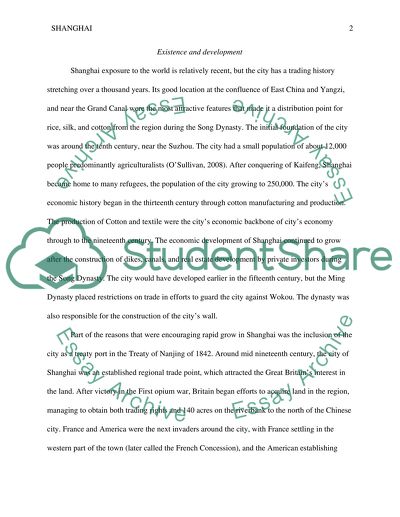Cite this document
(“Shanghai Essay Example | Topics and Well Written Essays - 3000 words”, n.d.)
Retrieved from https://studentshare.org/macro-microeconomics/1393330-shanghai
Retrieved from https://studentshare.org/macro-microeconomics/1393330-shanghai
(Shanghai Essay Example | Topics and Well Written Essays - 3000 Words)
https://studentshare.org/macro-microeconomics/1393330-shanghai.
https://studentshare.org/macro-microeconomics/1393330-shanghai.
“Shanghai Essay Example | Topics and Well Written Essays - 3000 Words”, n.d. https://studentshare.org/macro-microeconomics/1393330-shanghai.


